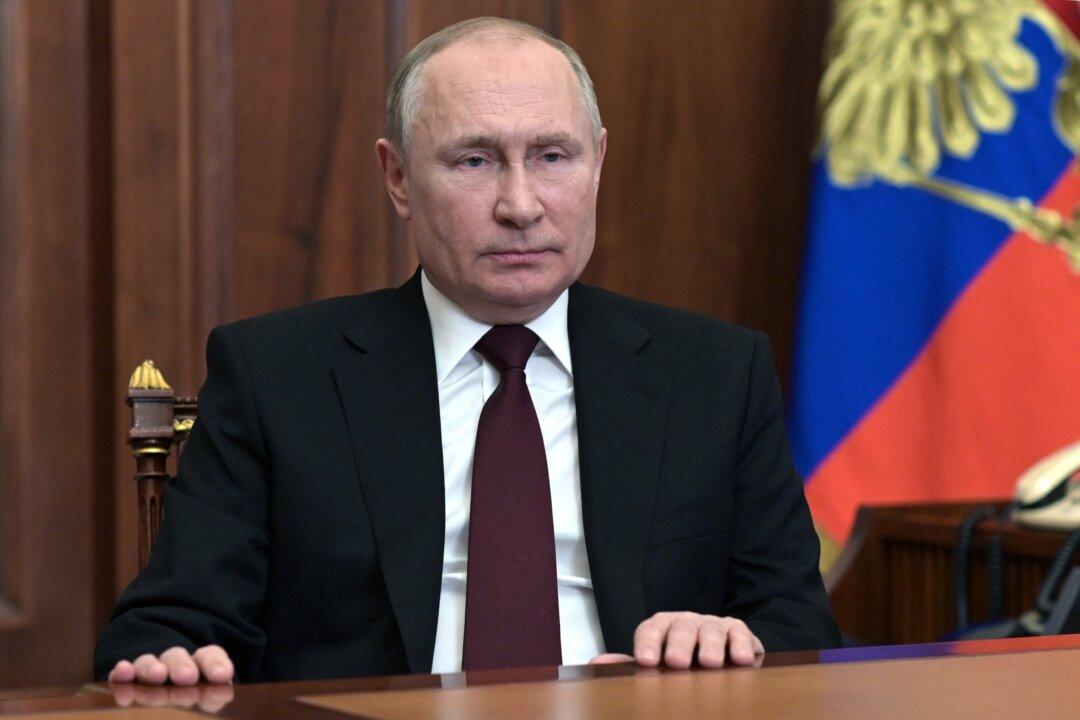Commentary
With the Genocide Olympics in Beijing no longer a distraction, the world’s attention is increasingly focused on the crisis in Ukraine.

With the Genocide Olympics in Beijing no longer a distraction, the world’s attention is increasingly focused on the crisis in Ukraine.